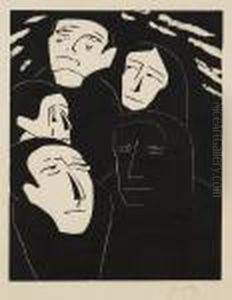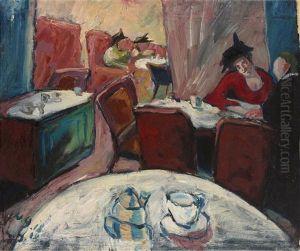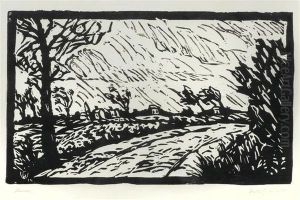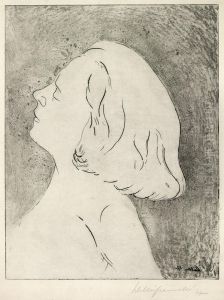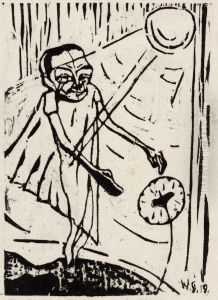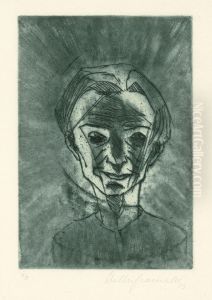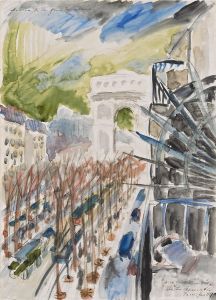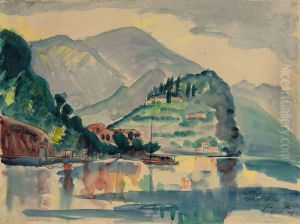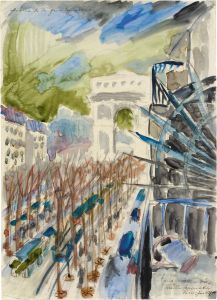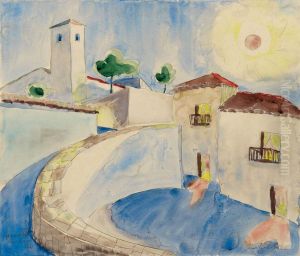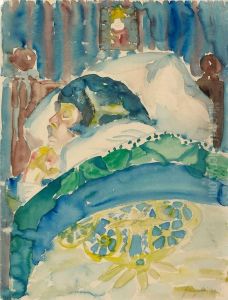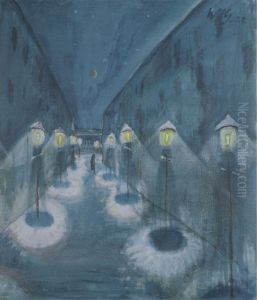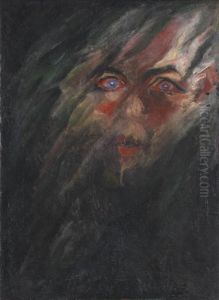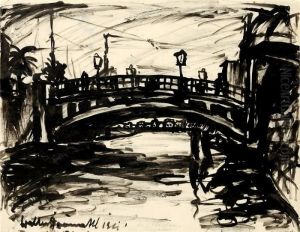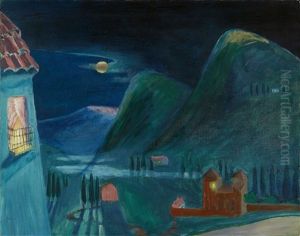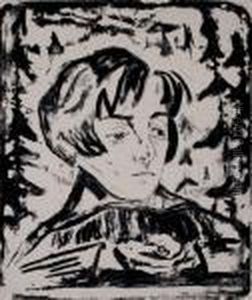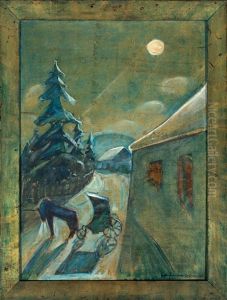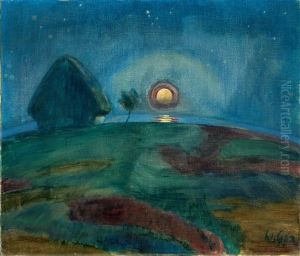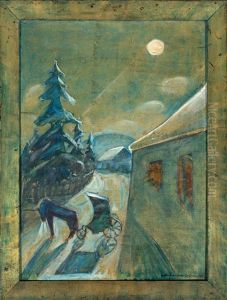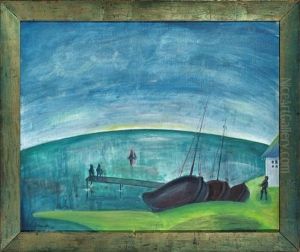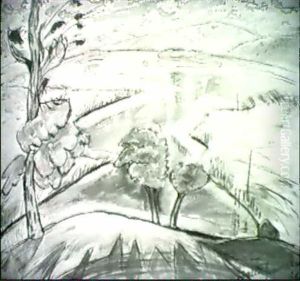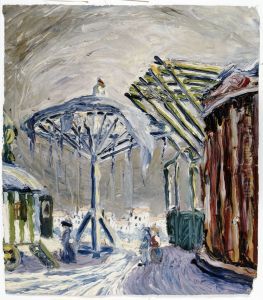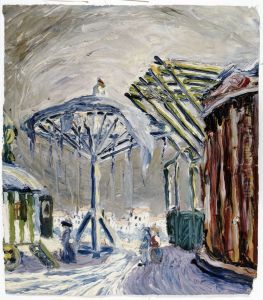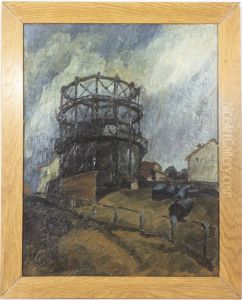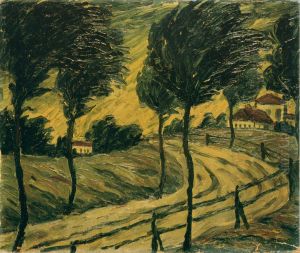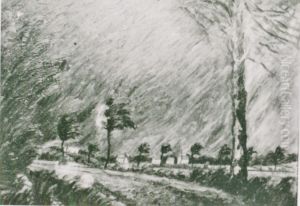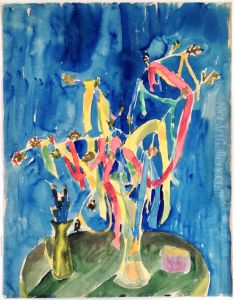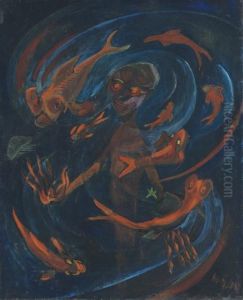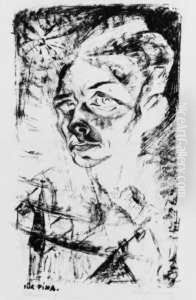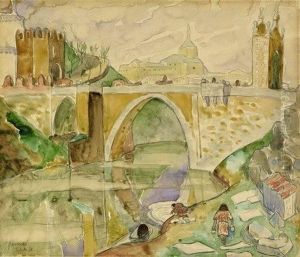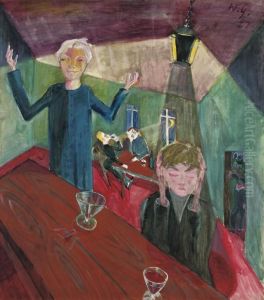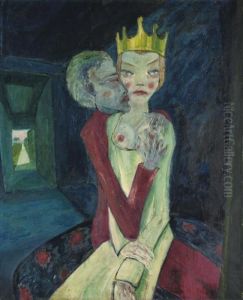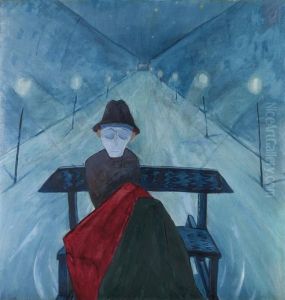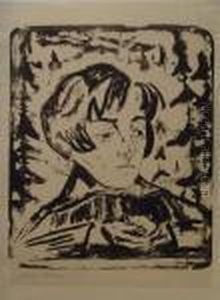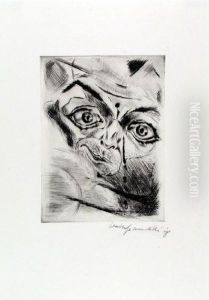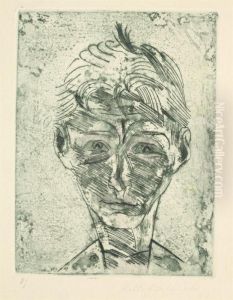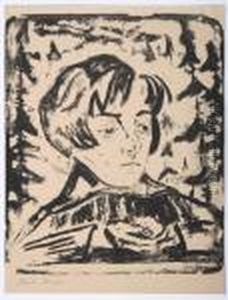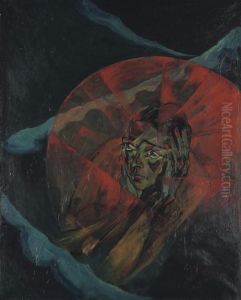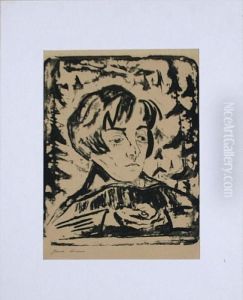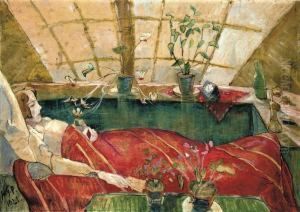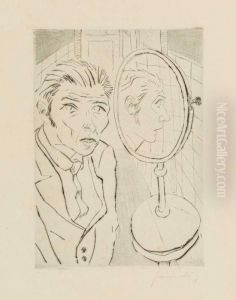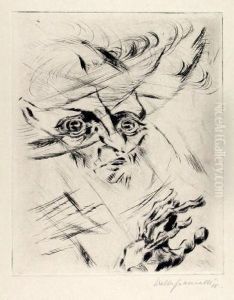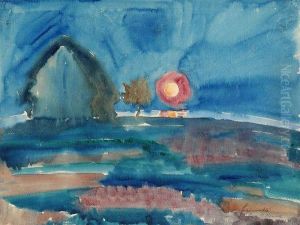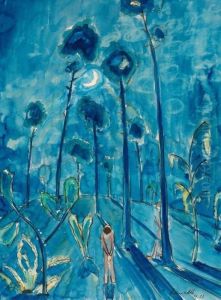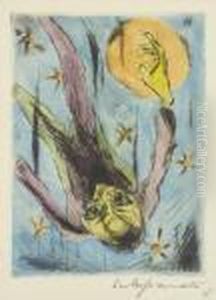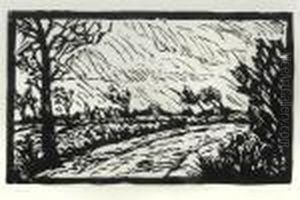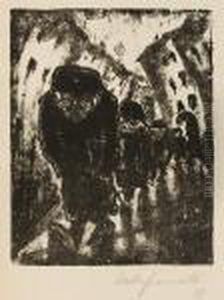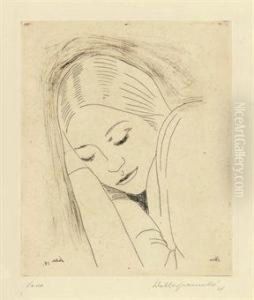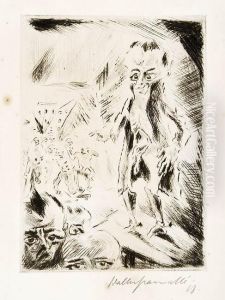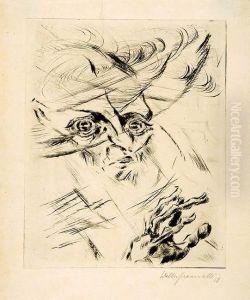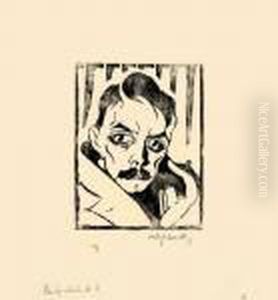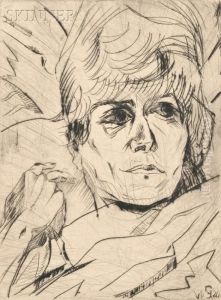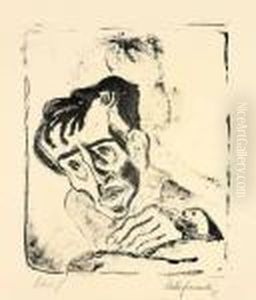Walter Gramatte Paintings
Walter Gramatté was a German expressionist painter who is known for his distinctive, emotionally charged portraits and landscapes. Born on January 8, 1897, in Berlin, Gramatté grew up during a period of great artistic innovation in Germany. He served in World War I, an experience that had a profound impact on his life and work, infusing his art with themes of human suffering and introspection.
After the war, Gramatté studied at the Kunstgewerbeschule (School of Arts and Crafts) in Hamburg, where he developed his artistic skills and began to establish his own style. He became associated with expressionism, a movement that sought to convey emotional experience rather than physical reality. His work, characterized by its intense color palette and dramatic use of line, often explored the inner turmoil and existential angst of his subjects.
In 1920, Gramatté married the Russian writer and translator Sonia Hohenstein, who became an important influence on his work. The couple moved to various places, including a significant stay in Spain, which inspired Gramatté to produce a number of landscapes and cityscapes capturing the Spanish environment and atmosphere.
Tragically, Gramatté's career was cut short by his untimely death. He suffered from poor health throughout his life and succumbed to tuberculosis on February 9, 1929, in Hamburg, at the age of 32. Despite his brief career, Gramatté left behind a substantial body of work that continues to be appreciated for its emotional intensity and its unique contribution to the expressionist movement. His paintings resonate with the pain and upheaval of the interwar period, yet they also possess a timeless quality that speaks to the universal human condition.
